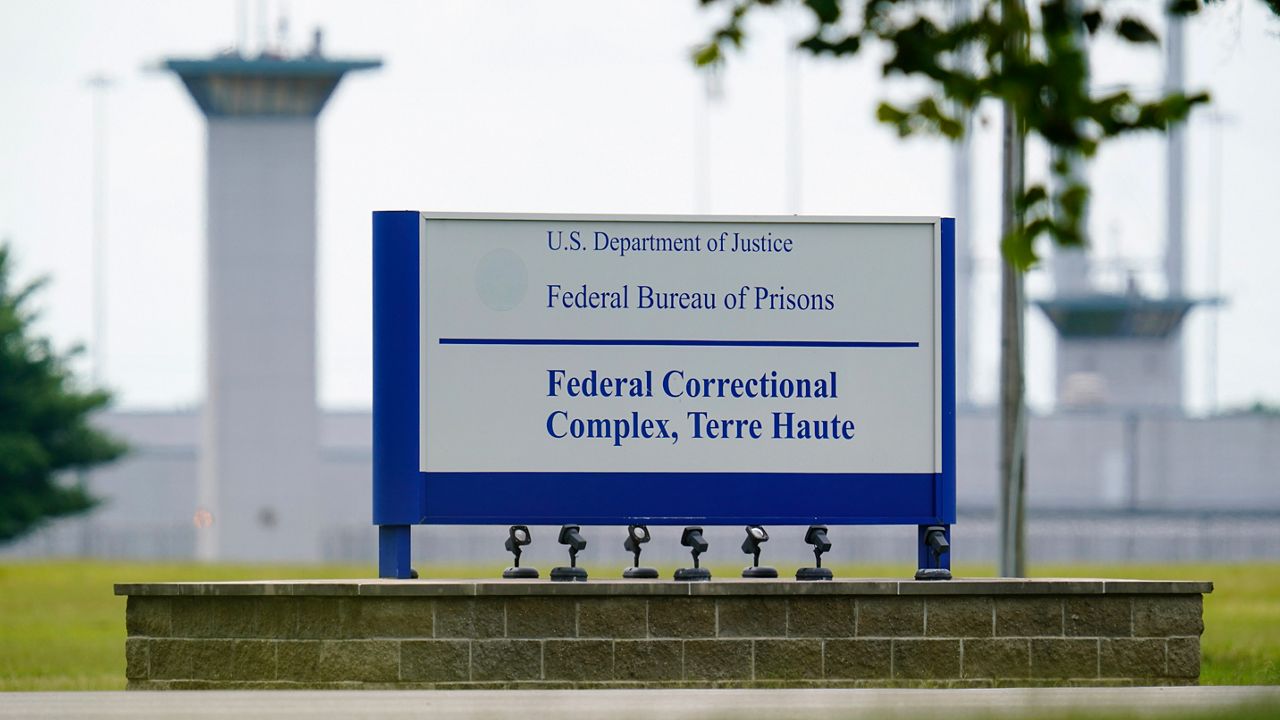The Federal Bureau of Prisons did not do enough to prevent prisoner deaths, according to a new report the U.S. Department of Justice Inspector General released Thursday.
The report cited the high-profile deaths of James “Whitey” Bulger, who was killed in 2018, and Jeffrey Epstein, who died by suicide in 2019, for calling attention to the Prison Bureau’s failure to ensure the safety and security of its inmates.
For its report, the OIG analyzed the frequency and pattern of deaths among BOP inmates from 2014 through 2021. Of the 344 inmates who died during that time frame, more than half died by suicide. Homicide was the second most common cause, followed by accidents and unknown factors, many of which involved drug overdoses.
The report said deficiencies in operations and management created unsafe conditions that contributed to the deaths. It faulted staff for failing to identify potentially suicidal inmates and mismanaging their medications and inmate housing situations, and cited policy violations and operational failures for contributing to inmate suicides.
More than half of the inmates who died from suicide were housed alone in a cell. Almost half were in restrictive housing.
The Inspector General report found that staff at some institutions often failed to provide treatment for inmates in distress and did not conduct required inmate counts in more than a third of the deaths by suicide. Many institutions also failed to conduct the required mock drills that prepare staff to respond to potential suicides, creating greater opportunities for inmates to take their own lives.
When responding to emergencies, the report found that many staff did not act with urgency or bring appropriate emergency equipment and that many institutions did not maintain adequate records about inmate deaths that could help them identify ways to prevent future suicides, homicides and overdoses.
The Inspector General said it had repeatedly found failures in the Bureau of Prisons’ ability to keep weapons and drugs out of their institutions. Almost a third of inmate deaths involved contraband drugs or weapons. Of the 344 deaths investigated in the report, 70 were from drug overdoses.
While the report shed new light on many of the issues contributing to prisoner deaths, it acknowledged ongoing issues that have exacerbated the problem, including staff shortages, outdated security cameras and an ineffective disciplinary system for staff.



